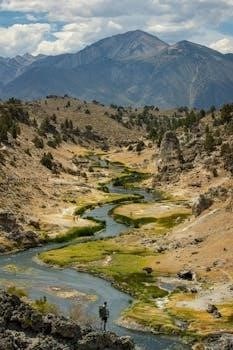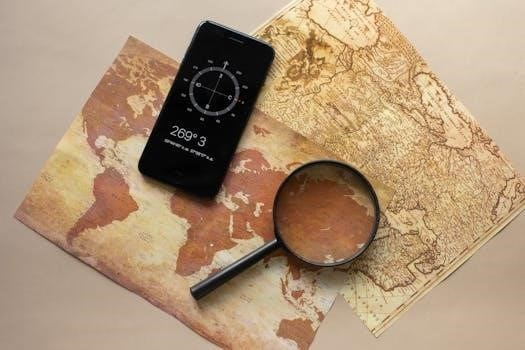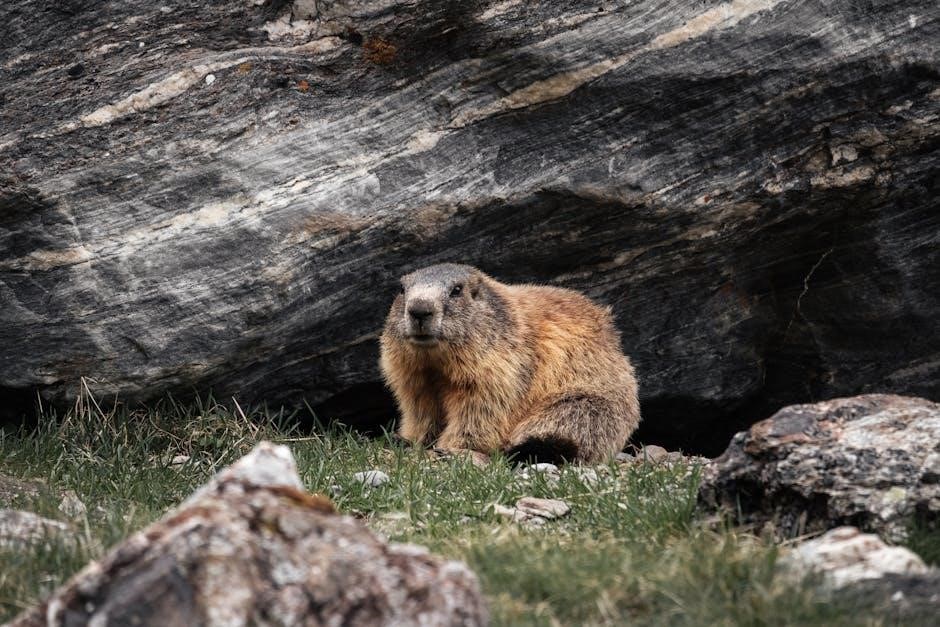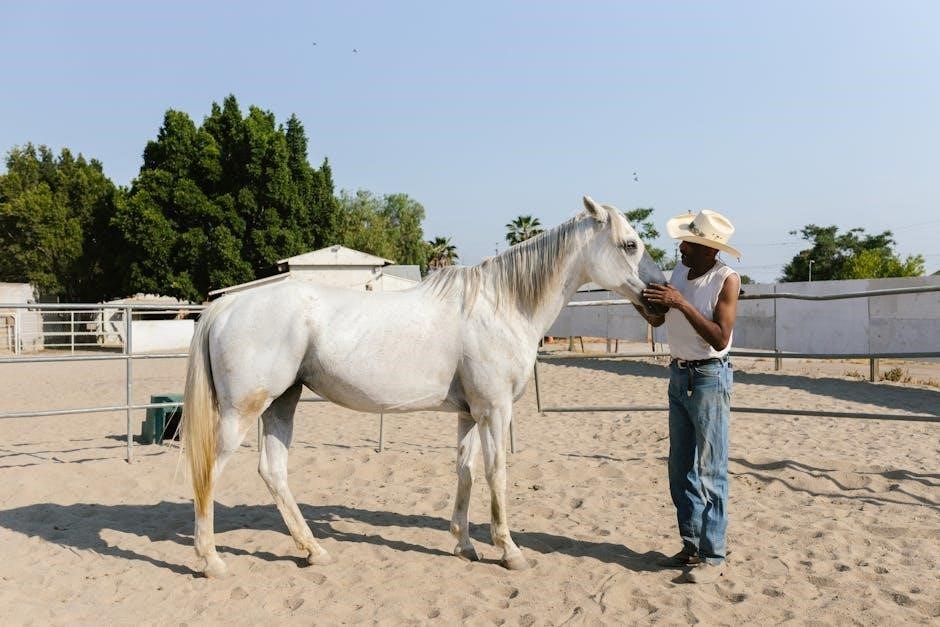Blackstone Griddle Temperature Guide
Unlock the secrets to masterful griddle cooking with our comprehensive temperature guide. From searing steaks to flipping pancakes, understanding the ideal temperature ranges is crucial. This guide will help you achieve consistent, delicious results every time you fire up your Blackstone griddle.
Understanding Blackstone Griddle Temperatures
Grasping the nuances of temperature control is paramount for successful Blackstone griddle cooking. Unlike indoor stovetops, griddles offer a vast, flat cooking surface, requiring a different approach to heat management. Understanding how your griddle heats up, distributes heat, and responds to adjustments is the first step towards culinary excellence.
Blackstone griddles, with their multiple burners, allow for creating distinct temperature zones, a feature that elevates your cooking versatility. Different foods require different heat levels for optimal results, and understanding these needs is essential.
Factors like ambient temperature and wind can influence your griddle’s performance. Preheating is also crucial for even cooking. Whether it’s the sizzle of a burger or the gentle browning of toast, knowing your griddle’s temperature behavior ensures consistent and mouthwatering meals.
This section will delve into the core principles of temperature management on a Blackstone griddle, empowering you to confidently control the heat and unlock the full potential of your outdoor cooking experience.
Ideal Temperature Ranges for Different Foods
Achieving culinary perfection on your Blackstone griddle hinges on understanding the ideal temperature ranges for various foods. Each dish has its sweet spot, where texture, flavor, and overall quality align to create a memorable dining experience. Searing a steak demands high heat, while gently cooking eggs requires a more moderate approach.
Pancakes thrive at a consistent medium-high temperature, ensuring a golden-brown exterior without burning. Vegetables benefit from medium heat, allowing them to soften and caramelize without becoming mushy. Seafood, often delicate, requires careful temperature control to prevent overcooking.
Using a reliable temperature guide is crucial. While a general rule of thumb suggests 350°F as a versatile temperature, specific foods may require adjustments. This section will provide a comprehensive overview of recommended temperature ranges for a wide array of dishes, empowering you to make informed decisions and consistently deliver delicious results from your Blackstone griddle.
Mastering these temperature ranges is the key to unlocking the full potential of your griddle.
High-Heat Cooking⁚ Searing and Pancakes
High-heat cooking on a Blackstone griddle is ideal for searing meats and achieving that perfect crust, as well as for making fluffy, golden-brown pancakes. For searing, preheat your griddle to between 375°F and 400°F. This high temperature allows you to quickly create a Maillard reaction, which is the browning of the meat that creates intense flavor and texture.
When cooking pancakes, maintaining a consistent high heat is essential. Aim for the same 375°F to 400°F range. This ensures that the pancakes cook evenly and develop a golden-brown color without burning. The high heat also helps to create a light and airy texture.
Remember to monitor the griddle’s temperature closely and adjust as needed. Using a reliable thermometer can help you maintain the ideal cooking temperature for both searing and pancake making. With practice, you’ll master the art of high-heat cooking on your Blackstone griddle, creating delicious and perfectly cooked meals every time.
Medium-Heat Cooking⁚ Eggs and Toast
Medium heat on a Blackstone griddle is perfect for cooking delicate items like eggs and achieving evenly toasted bread. Preheat your griddle to a temperature between 300°F and 350°F for optimal results. This temperature range allows the eggs to cook gently without burning, resulting in soft and fluffy scrambled eggs or perfectly set sunny-side-up eggs.
For toast, medium heat ensures even browning without drying out the bread. Place your bread slices on the griddle and monitor them closely, flipping as needed to achieve the desired level of toastiness. The medium heat also allows the bread to absorb any added butter or oil, enhancing its flavor and texture.

Maintaining a consistent temperature is key to successful medium-heat cooking. Use a reliable thermometer to monitor the griddle’s surface temperature and adjust the heat as needed. With practice, you’ll be able to cook eggs and toast to perfection every time on your Blackstone griddle.
Low-Heat Cooking⁚ Slow Cooking Applications
While the Blackstone griddle is known for its high-heat capabilities, it can also be used effectively for low-heat, slow-cooking applications. This method is ideal for gently warming foods, melting cheeses, or keeping dishes at serving temperature without overcooking them. To achieve low-heat cooking, set your griddle to a temperature between 225°F and 275°F.
One excellent application for low-heat cooking on a Blackstone griddle is melting cheese for nachos or quesadillas. The gentle heat ensures that the cheese melts evenly without burning, creating a smooth and gooey topping. You can also use low heat to warm tortillas for tacos or to keep cooked bacon warm while you prepare the rest of your breakfast.
Another great use for low-heat cooking is slow-cooking delicate sauces or simmering vegetables. The low, consistent heat allows the flavors to meld together and develop over time, resulting in a richer and more complex dish. Just be sure to monitor the food closely and add a little liquid if necessary to prevent it from drying out.

Achieving Maximum Temperature on a Blackstone
Reaching the maximum temperature on your Blackstone griddle is essential for searing meats and achieving that perfect crispy crust. While the specific maximum temperature varies by model, many Blackstone griddles can reach between 600°F and 700°F, or even higher under ideal conditions. To achieve this, start by ensuring your griddle is clean and free of debris, as buildup can interfere with heat distribution.
Next, preheat the griddle on high for at least 15-20 minutes. This allows the entire surface to reach a consistent temperature. Using a reliable infrared thermometer can help you verify the surface temperature. If you’re using a griddle with multiple burners, make sure all burners are set to high. Wind can affect the griddle’s ability to reach maximum temperature, so try to position it in a sheltered area.
Remember, cooking at such high temperatures requires caution. Use high-heat-resistant utensils and be prepared for rapid cooking times. Always monitor the food closely to prevent burning. With proper technique, achieving maximum temperature on your Blackstone unlocks a whole new level of culinary possibilities.
Using Temperature Zones on a Blackstone Griddle
One of the greatest advantages of a Blackstone griddle, especially those with multiple burners, is the ability to create distinct temperature zones. This allows you to cook different foods simultaneously, each at its optimal temperature. For example, you can sear steaks on high heat on one side while gently warming vegetables on low heat on the other.
To set up temperature zones, adjust the burners independently. For a three-burner griddle, you might set one burner to high, one to medium, and one to low. A four-burner model offers even more flexibility. Use an infrared thermometer to accurately gauge the temperature of each zone. Temperature zones are invaluable when cooking a complete meal.
Keep foods warm, while others cook. Utilize these temperature zones to cook food at different rates, ensuring everything is ready to serve at the same time. Mastering temperature zones elevates your griddle cooking skills, allowing for complex meals with perfectly cooked components. This is also a great way to have a warming zone.
The Importance of Preheat Temperature
Preheating your Blackstone griddle is a crucial step often overlooked, yet it significantly impacts the quality of your cooked food. A properly preheated griddle ensures even cooking, prevents sticking, and helps achieve that desirable sear. Think of it as setting the stage for a culinary masterpiece; without a well-prepared surface, the performance will suffer.
Allow your griddle to preheat for at least 10-15 minutes before adding any food. Use an infrared thermometer to check the surface temperature and ensure it reaches the desired level for your chosen recipe. Different foods require different preheat temperatures; high heat for searing, medium heat for general cooking, and low heat for delicate items.
A cold griddle will lead to uneven cooking, where some areas are overcooked while others remain undercooked. Insufficient preheating can also cause food to stick, making it difficult to flip or remove without tearing. Preheating creates a non-stick surface and enhances the overall cooking experience.
Griddle Cooking Temperature Chart
Navigating the world of griddle cooking becomes effortless with a reliable temperature chart at your fingertips. This essential tool acts as a quick reference guide, providing optimal temperature ranges for a variety of foods, ensuring consistent and delicious results every time you cook on your Blackstone. Whether you’re a seasoned griddle master or a novice, a cooking temp chart is a helpful tool.
Our chart outlines the ideal temperatures for searing meats, cooking eggs, grilling vegetables, and more. For example, pancakes thrive at 375-400°F, while eggs prefer a gentler 300-350°F. Having these guidelines readily available eliminates guesswork and empowers you to cook with confidence.
Consider downloading and printing a free griddle cooking temperature chart to keep it handy near your Blackstone. Laminating the chart will protect it from spills and splatters, ensuring it remains a valuable resource for years to come. A well-used temperature chart is the secret weapon of every successful griddle chef.
Maintaining Consistent Temperature

Achieving and maintaining a consistent temperature on your Blackstone griddle is paramount for even cooking and preventing hot spots or scorching. Fluctuations in temperature can lead to unevenly cooked food, with some areas being overcooked while others remain undercooked. Several factors contribute to temperature consistency, including burner settings, ambient temperature, and wind conditions.

Start by preheating your griddle to the desired temperature before adding any food. Utilize a reliable infrared thermometer to monitor surface temperatures accurately. During cooking, avoid overcrowding the griddle, as this can lower the temperature and prolong cooking times. If necessary, adjust burner settings to compensate for temperature drops.
Windy conditions can significantly impact griddle temperature. Consider using a wind guard or positioning your griddle in a sheltered area to minimize heat loss. Regularly cleaning your griddle is also essential, as accumulated grease and debris can interfere with heat distribution. By following these tips, you can ensure your Blackstone maintains a consistent temperature, leading to perfectly cooked meals every time.



